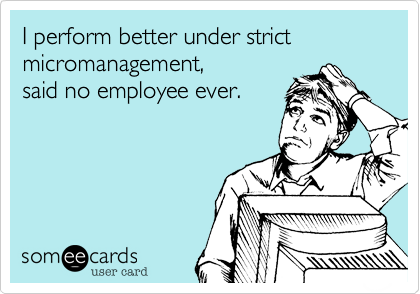
First, the good news. It is possible to turn a toxic organization around. It can become a healthy, vibrant organization. You will notice measurable greater employee engagement. See a measurable narrowing of the gap between potential and results. You will notice a reduction in sick leave and other factors that plague a toxic organization. The turnaround to a healthy, vibrant organization is dependent on leadership that is healthy and vibrant. Healthy, vibrant leadership finds ease in taking responsibility for emotional, spiritual, mental, and physical well being of the individual, the team, the organization, the community, and the environment. The understanding leads to action for the long term, not just for a short sprint. A legacy of good leadership is made.
Recently, I had an experience that I have had hundreds of times during the last few years. It speaks to the high cost when organizations do not pay sufficient attention to organizational health and balance. While leading a workshop with a group of executives and teaching them about the relationship of individual health with the condition of the health and balance of the organization, the following occurred.
The Cost of a Toxic Organization
A senior manager of a major department store chain in the group was in tears within the first hour of our time together. She said that she could no longer work the way that she had been working. She told the group that she could no longer divorce her work-self from who she really is. She was responsible for hundreds of staff. She told stories of hiring excellent people but having people perform at mediocre levels. She knew the problem was that the organization was just not healthy enough to allow and enable people to do their best.
This manager knew that she herself could do better at her own job if she was allowed to use her creativity and skills. This exhausted manager cited examples and stories of her workplace. A workplace that did not welcome creativity or innovation, holding people to a strict regime of policies and of “best practices”. Even though anyone with any sense and commitment to the well being of the organization knew the current best practices were not working. There was no way to change this. The voice of the people – even the executives – did not matter. The CEO was in charge and invited anyone who did not agree to leave. Sadly, the CEO truly believed that she was open and supportive and often declared that they were all ‘like one happy family’.
That morning, the pain of the executive in the workshop was real. Her grief was strong and her expression of her pain in her job was the catalyst for the others in the group to speak of similar experiences and unhappiness. Several people also spoke about their own physical ailments.
During the discussion, several of the people in the workshop wondered aloud about the relationship of their own unhealthy workplace, their personal ill health and that of their colleagues. They discussed the relationship of unhealthy organizations to the amount of sick time that people took off and to the number of people on sick leave. They wondered aloud if, despite many tangible benefits for employees, the reason for the loss of so many employees might be related to their unhealthy workplace. In leading these workshops about organizational health and balance, I have witnessed hundreds of such discussions and bring a box of tissues to every group that I facilitate.
Like so many executives and consultants that I have worked with, the woman on this morning was yet another example of the amount of grieving that is going on in workplaces and in other organizations such as church groups, women’s groups, service clubs, and Boards of Directors of non-profit organizations, to name a few. Unhealthy workplaces and organizations are taking their toll on the people in them. This toll includes increased incidence of disease such as clinical depression, cancer, and mental and physical health issues. As well as these costs to business, there are additional costs as the gap between potential and results gets wider and wider. Toxic environments are life-depleting to the individuals within them.
Turning Around a Toxic Organization
Let me get back to the good news again. The situation can be turned around. It begins with leadership choosing personal well being and learning how to extend this out into organizational well being. Picture the team leader in a state of well being, working on the emotional, spiritual, mental and physical well being of the team. You know what I am talking about if you picture this. The ripple effect of working on individual health and balance begins to shift the toxic organization into a healthy organization. These shifts set up the conditions for the organization to be transformed, starting with the people inside it. Shifts where people are engaged and inspired in their work, productive, achieving better results, and perhaps most importantly…healthy and happy in the workplace.
Participants in our Individual Health and Balance workshop increase this key leadership capacity: during the workshop, in take away tips and tools for the longer term, and learning to help others in the organization to do the same. The key capacity of individual health and balance is also the capacity that is needed to turn the toxic team or organization around into the great team that it has the potential to be.
As Gandhi said ‘be the change you want to see in the world’.











Leave a Reply
You must be logged in to post a comment.